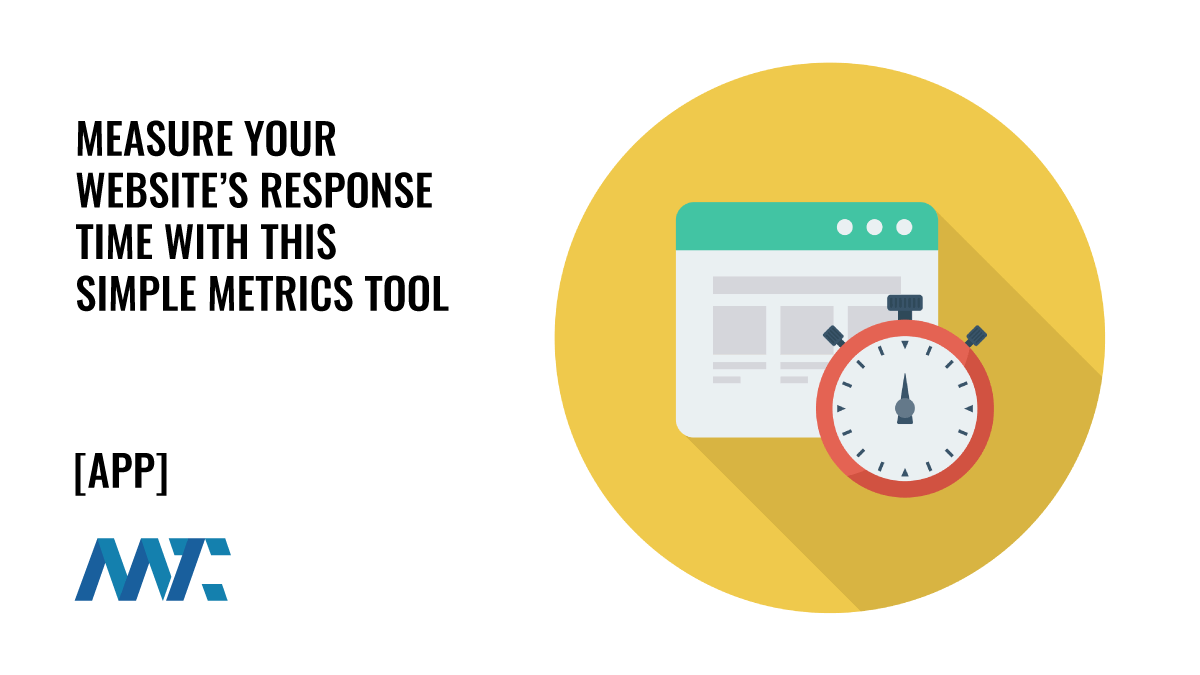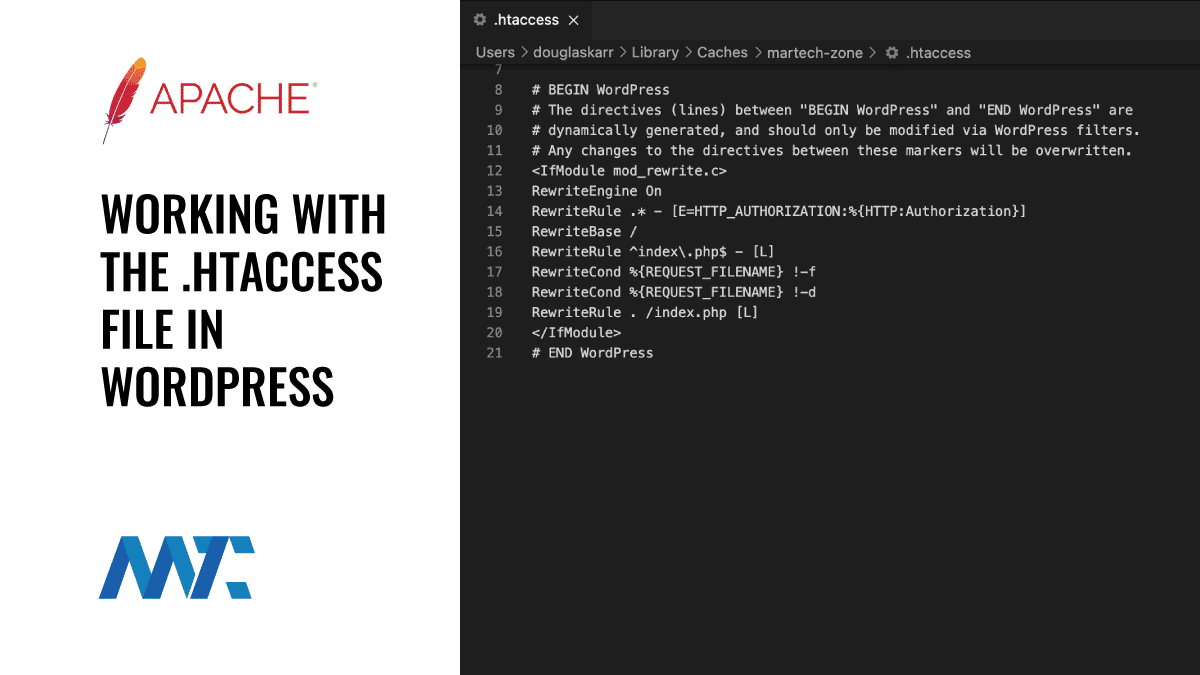302
302 is the code for Temporary Redirect.

Temporary Redirect
An HTTP response status code that indicates a temporary redirect. When a client (usually a web browser or search engine crawler) requests a resource, and the server returns a 302 Found status, it signals that the requested URL has temporarily moved to a different URL, which is provided in the Location header of the response. Crucially, the client should continue to use the original URL for future requests, as the redirection is not permanent.
How 302 Works
When a 302 response is issued, the browser or crawler immediately attempts to retrieve the resource from the URL specified in the Location header. Unlike a 301 redirect (permanent), a 302 instructs user agents not to update bookmarks or indexed URLs, as the change is expected to be short-lived.
HTTP/1.1 302 Found
Location: https://example.com/temporary-page
Content-Type: text/htmlThis response tells the browser to temporarily fetch the content from https://example.com/temporary-page, but still associate the original request URL with future visits.
302 Use Cases
- A/B Testing: Directing users to different versions of a page while keeping the canonical URL unchanged.
- Temporary Maintenance: Redirecting traffic to an alternate page while a section of the site is being updated.
- Session Handling: Redirecting users after login or checkout, often used in applications that manage session flows dynamically.
302 SEO Implications
Search engines treat 302s differently than 301s:
- No Link Equity Transfer: With a 302 redirect, search engines typically do not transfer authority or other link equity to the destination URL.
- Original URL Indexed: The original URL remains indexed in search engines, rather than the destination URL.
- Temporary Intent: Because the redirect is temporary, crawlers expect the original URL to become available again.
If a redirect is meant to be permanent, using a 302 can cause SEO issues, such as indexing the wrong page or splitting ranking signals.
302 Difference from Related Status Codes
- 301 (Moved Permanently): Indicates a permanent change. The client should update bookmarks, and search engines typically pass link equity.
- 307 (Temporary Redirect): Similar to 302 but explicitly requires that the request method (e.g., POST, GET) is not changed during the redirect. It is the correct temporary redirect under HTTP/1.1.
- 308 (Permanent Redirect): The permanent counterpart of 307, preserving the HTTP method and body.
302 Best Practices
- Use 302 only when you’re certain the redirect is temporary.
- Monitor how long a 302 remains active; if it becomes de facto permanent, switch to a 301.
- For SEO-sensitive content, confirm that search engines are interpreting your redirects as intended using tools like Google Search Console or redirect testing utilities.
Takeaway
The 302 HTTP status code is a valuable tool for temporarily rerouting traffic without altering long-term SEO structure or user expectations. However, misuse—particularly when a 301 would be more appropriate—can dilute search performance and confuse crawlers. Regular audits of redirect logic are crucial for maintaining healthy user experiences and optimizing search visibility.


